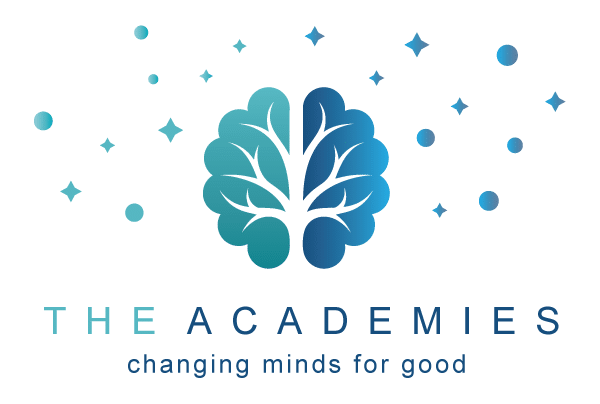As we close out 2020, I’ve heard many people say how happy they are to have the year that brought COVID-19 closed out and behind us. That’s understandable.
And then the typical “it’s a new year” message is: let’s plan, let’s get some goals going, let’s get those bucket lists rolling, let’s do this thing!
Yes, hope is in the air.
So, being a coach who is fascinated by the brain, it led me to thinking about hope and the role that hope plays.
I found a few studies on hope and the brain and learned some interesting tidbits. Research from China, Malaysia, the UK, and the US all point to hope “mediating” anxiety. Or, put another way, hope intervenes for us. It helps prevent, or lessen, us feeling anxious.
We hope because we’re wired to hope. It’s not a Susie Sunshine kind of thing. It’s part of our DNA. It protects us, it makes us healthy, it gets us going, it puts us into creator vs reactor mode, and puts our brains to work on how to overcome whatever obstacles or barriers or speed bumps may be in our way.
And, the China study also discovered where hope resides, or lights up, in the brain, which is the orbitofrontal cortex, right behind our eyes.
Interesting that our eyes and this hope-seeking part of brain are so close to one another – it’s almost as if HOW we see things determines whether or not we experience hope.
If we see only roadblocks and difficulties, there’s no hope. If we see roadblocks and difficulties plus also see how we can navigate those obstacles, we have hope.
So, as 2021 rolls onto the calendar for all of us, here’s to our collective humanity – our human wiring to create and navigate toward whatever is meaningful to each of us.
Here’s to hope and our indomitable desire to see and do good.
